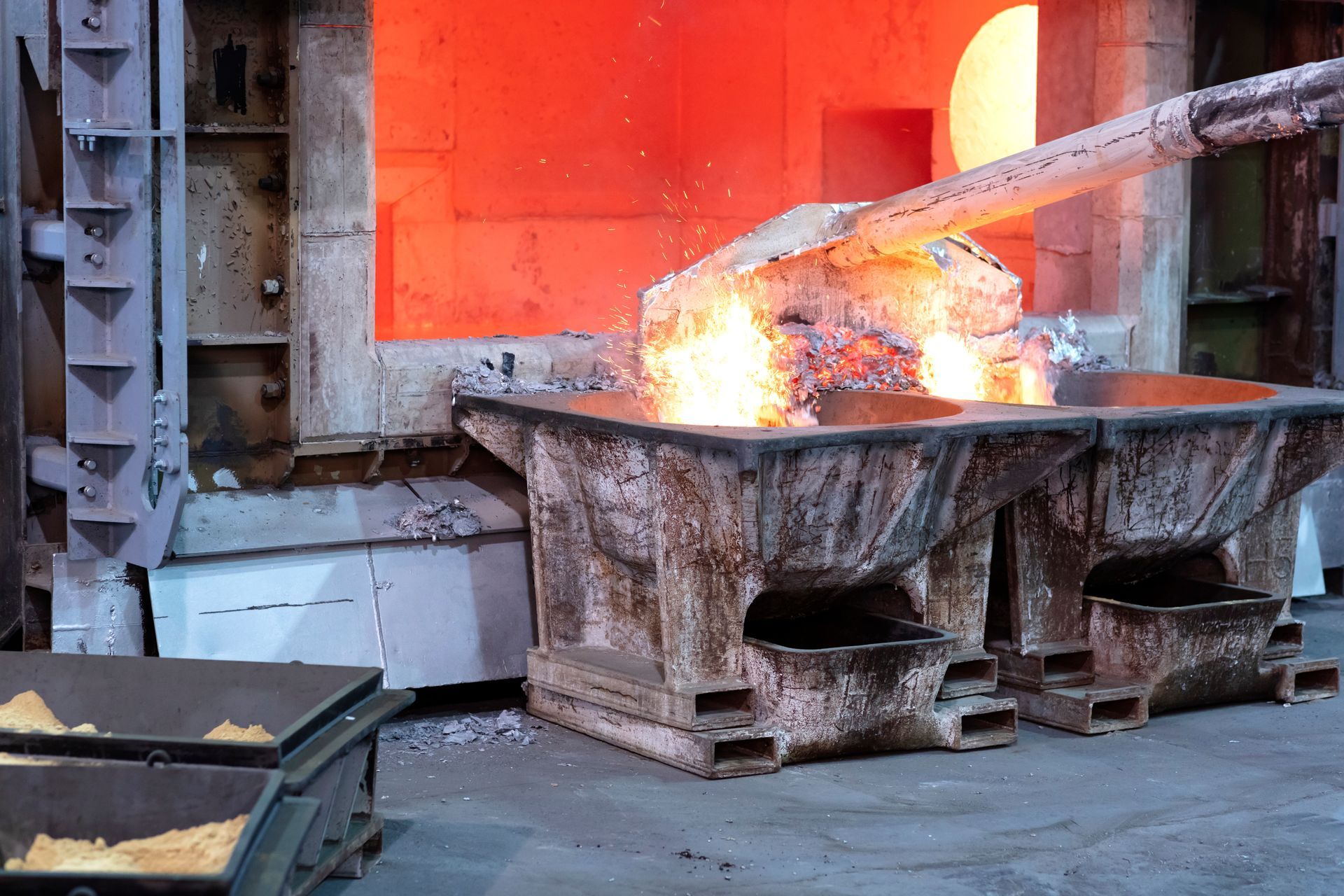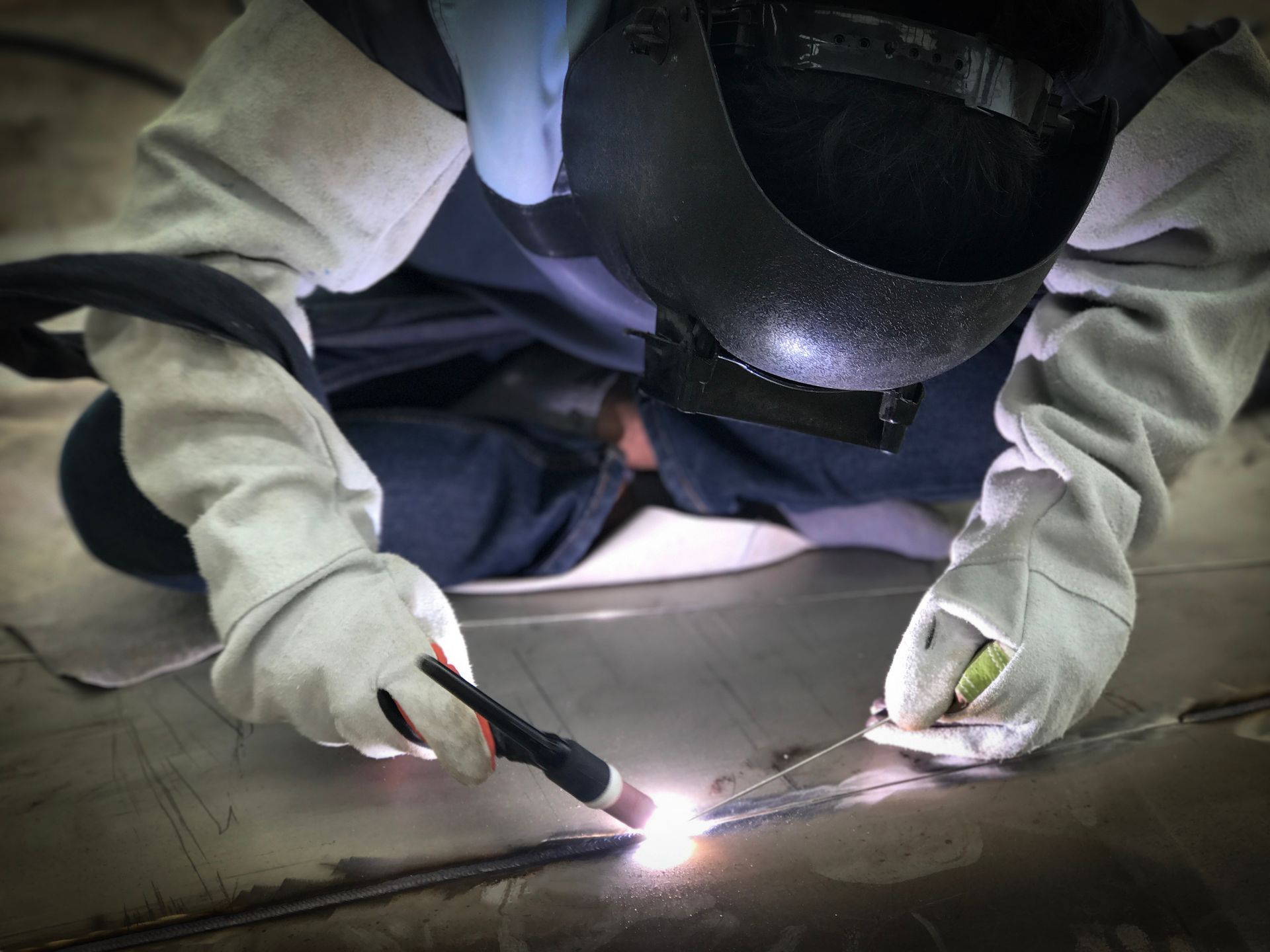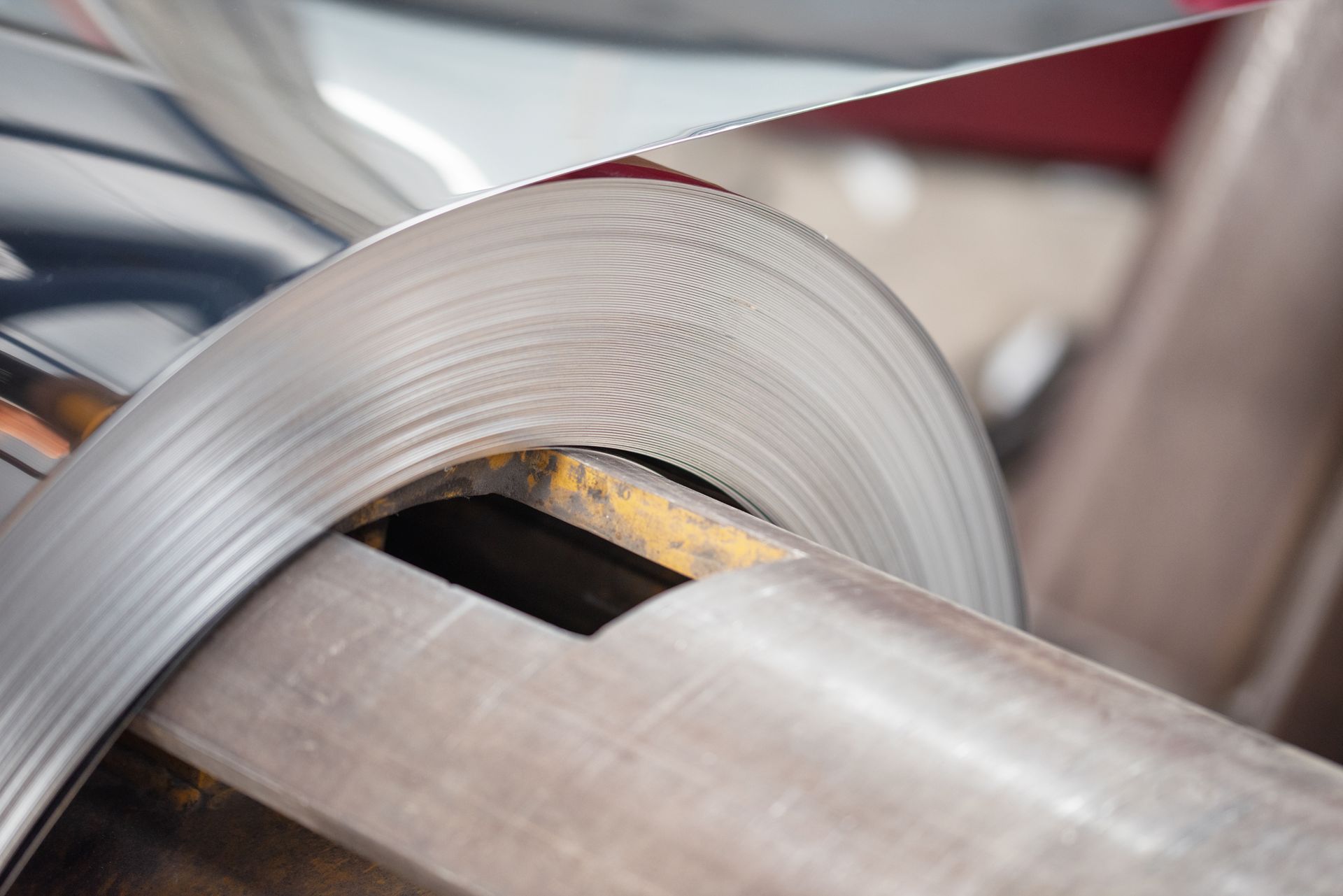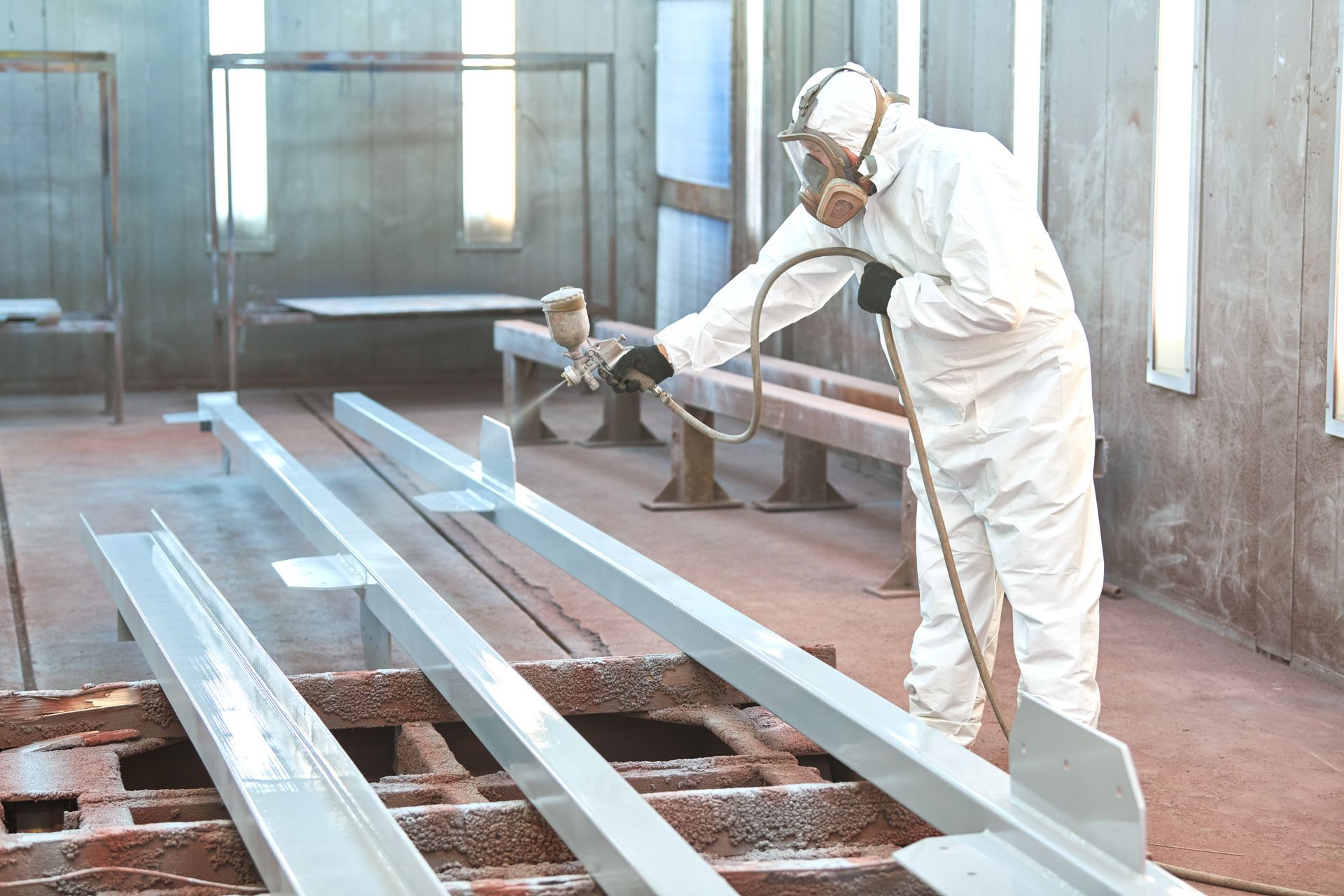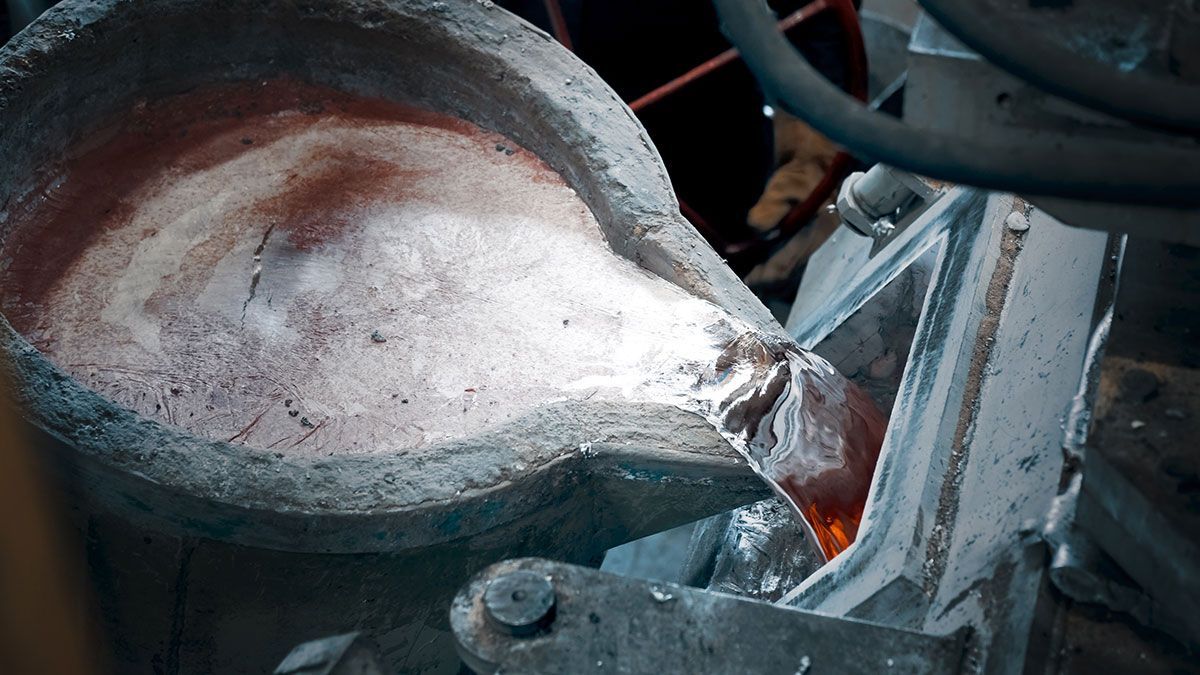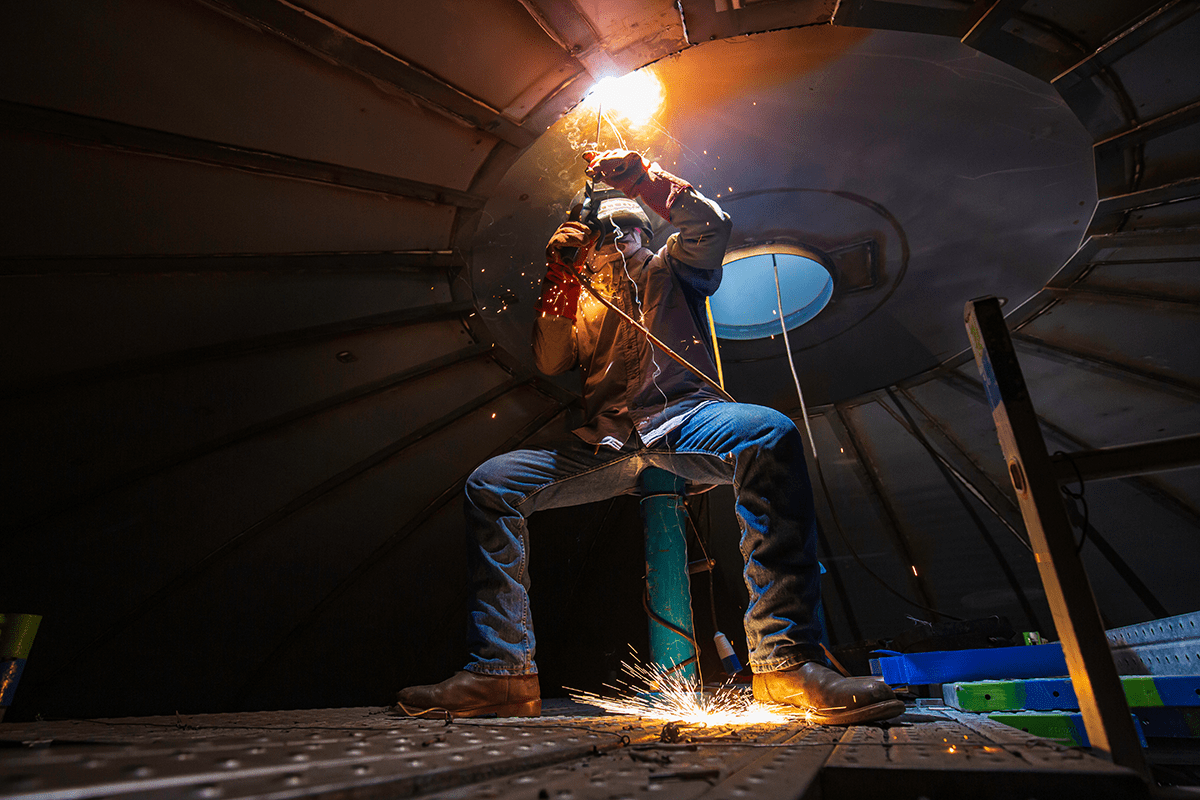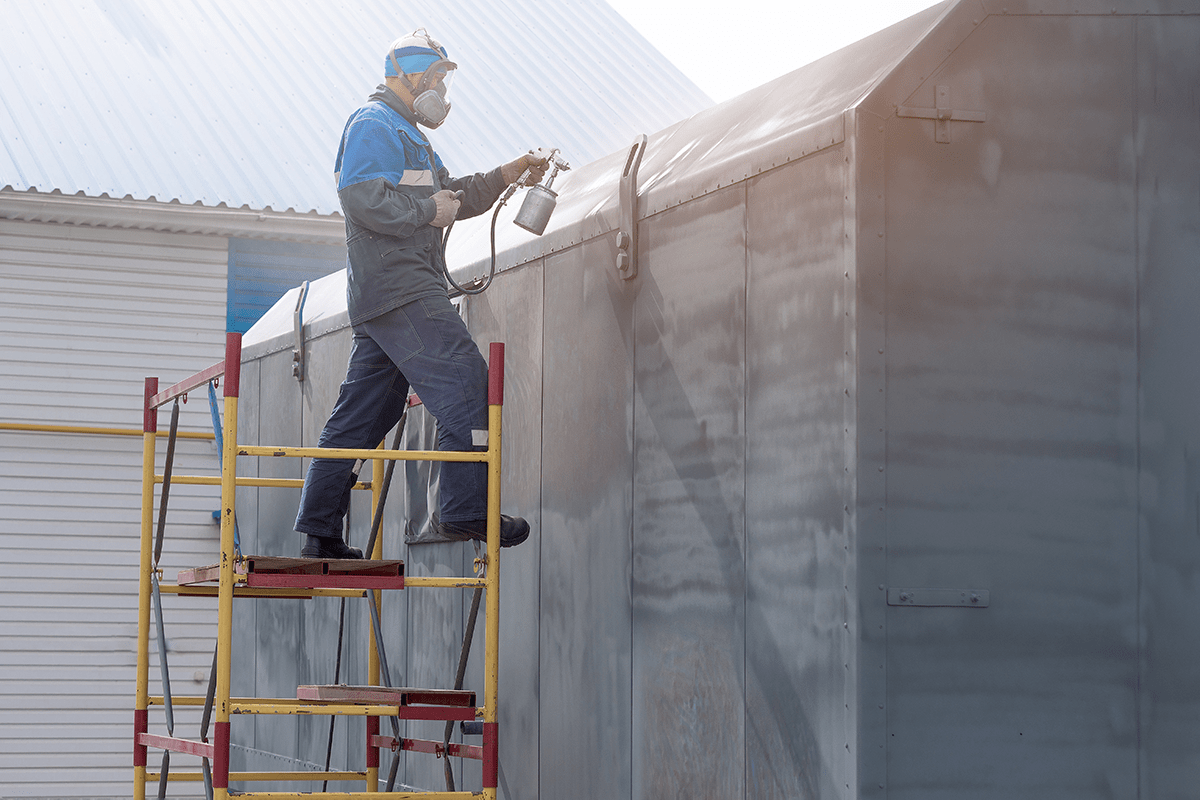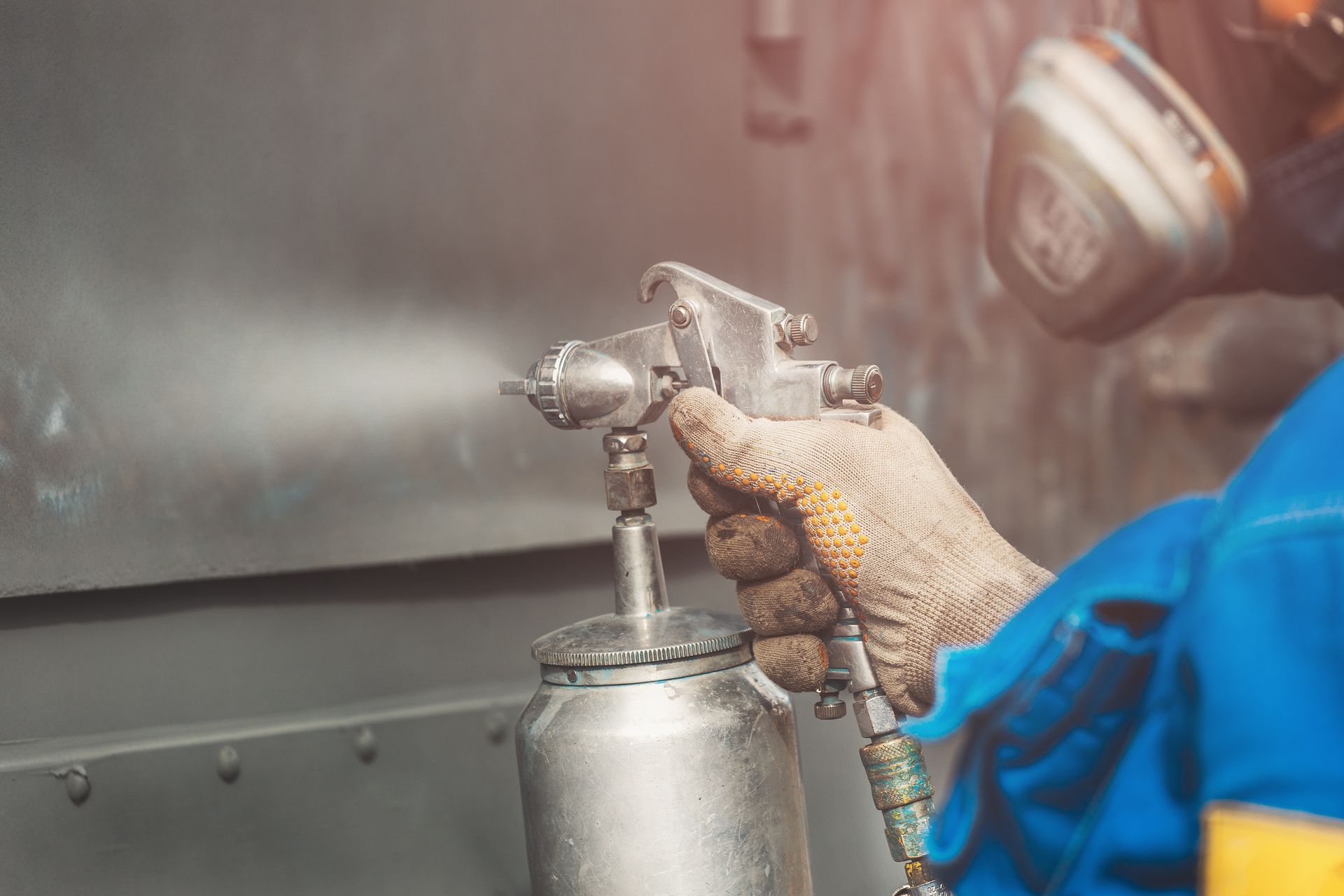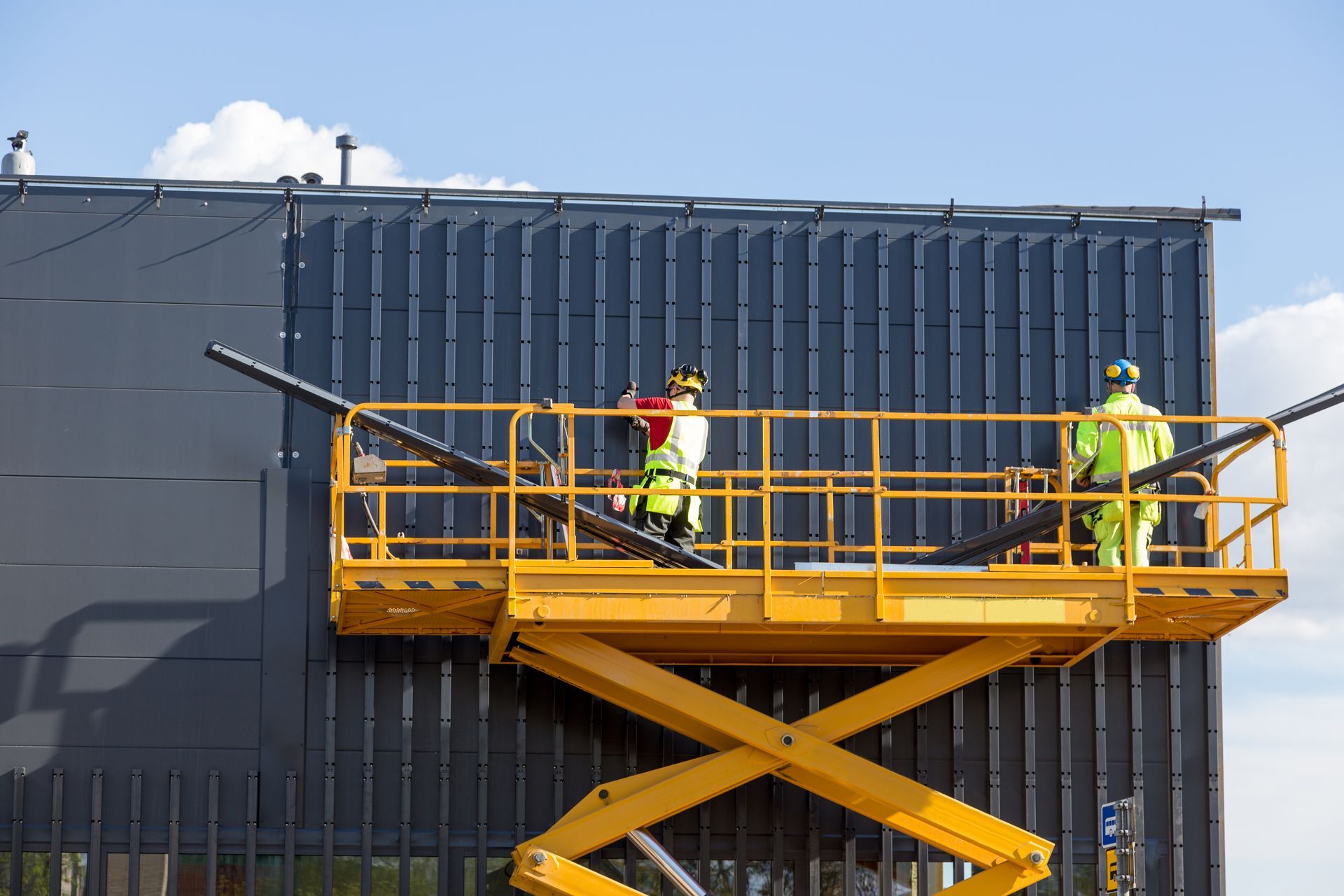Common Problems Of Reamers That You Need To Repair
To make a hole smooth you have to follow a process. This process is known as reaming. Reamers are generally used for reaming a hole. Reamers are edge cutting tools. They will help you to cut and smoothen the edge of a hole you drilled in your work piece.
Generally, you have to reaming after you drill a hole in your work piece. You have to make the diameter of the hole a little less than the target diameter when you drill. This is done so that you can have the target diameter when you are reaming.
In this article, we'll explore how reaming is done, the different types of reamers available and the common problems that reamers face and a possible reamer repair and fabricate solutions.
How is reaming done?
Reaming is a cutting process that involves the use of a
rotary cutting tool to create smooth interior walls in an existing hole in a workpiece. The rotary cutting tool used in reaming is known as a reamer. Like drill bits, reamers also remove material from the workpiece on which they are used. However, reamers remove significantly less material than drill bits. The primary purpose of reaming is simply to create smooth walls in an existing hole.
What are the types of reamers out there?
a) Hand reamer
Hand reamers are classified as fluted or rose reamers which have a slight taper on the cutting end to ease entering inside the hole properly. These reamers may be solid or expandable reamers, but the expansion is limited to a certain level. The blades are usually placed irregularly around the body of the reamer. It is placed in such a manner to reduce the tendency to chatter, which a reamer has due to slippage or torsion.
b) Shell Reamers
Shell reamers are mounted on special arbors which are made to fit using the driving pins for proper machine use. These are designed mainly for free cutting material and well finished reaming holes to the desired size. The application of such reamers are in drill presses, lathes, automatic screw machines etc.
c) Carbide Reamers
Carbide reamers are used at places which are highly resistant to abrasion, intending to give a longer tool life and excellent finish. Solid carbide reamers create a perfect hole around its own axis, instead of disturbing the previously drilled hole. The reamers with large size are made with tips of carbide which are either brazed body or held on the steel body.
d) Floating Reamers
Floating Reamers are used to correct the wrong alignment between the axis of the reamer and the already drilled hole. These reamers have two replaceable and adjustable cutting edges which are together held in one slot of the reamer and allowed to float in the radial direction. These reamers can specifically be used only with rotating work piece on turret lathes.
What are the common issues with reamers that require repair?
- Reamer produces oversized holes
Possible causes: Concentricity error, damaged fit, incorrect bevel lead, too high of cutting speed and feed rate or unsuitable coolant for work material
- Reamer produces undersized holes
Possible causes: Incorrect tool tolerance, contraction of ductile material, excessive heating, blunt reamer or too low of cutting speed and feed rate
- Bell mouthing, oblong and other hole problems
Possible causes: Machine spindle non-concentric, incorrect bevel lead, axis of pre-drilled hole & reamer not in line
- Unsatisfactory surface finish
Possible causes: Blunt reamer, built-up edge on reamer, too high cutting speed and too low of feed rate, incorrect bevel lead
- Reamer seizes and breaks
Possible causes: Incorrect back taper, excessive land wear, too wide circular land for work material, hard spots in material
Looking for reamer repair and fabricate services? Try Choong Ngai Engineering
With Choong Ngai Engineering's veteran technicians and engineers, we can provide end-to-end reamer repair and fabricate services for your many requirements regardless of your industry.
Most importantly, we'll work alongside you and your team to understand and define your exact requirements, and this process ensures that we provide the best solution to your unique maintenance requirements.
With our custom pitch blade turbine fabrication equipment and technique, we've been servicing happy customers for over 10 years.
Learn more about our services and previous projects on our website at
https://www.choongngaiengineering.com/ or
contact us at
choonngaiengworks@gmail.com
